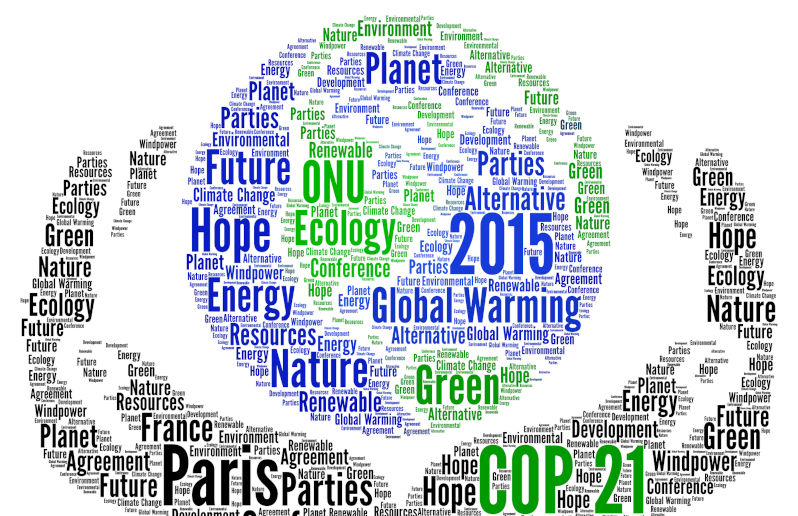Environment: Paris 2015 generated hope, but not enough climate action
November 16, 2025
Ten years on from the Paris Agreement, staying within the 1.5oC guardrail seems increasingly unlikely, even though there’s plenty of money to do it. Really, it’s legal to chop bits off the Great Barrier Reef and sell them? Microsoft is struggling to meet its promise to become carbon-free.
Paris Agreement+10: has it made any difference?
We are now at the midpoint of the COP meeting in Brazil, 10 years on from its hope-inducing predecessor in Paris. The New York Times has produced a very readable, 10-point summary, with simple, clear graphics, of differences between 2015 and now. A few of the headlines:
- Emissions are still rising but not as fast as they were and the predicted temperature increase (based on promises of action rather than current action) by 2100 has fallen from 3.3-3.8oC to 2.5-2.9o
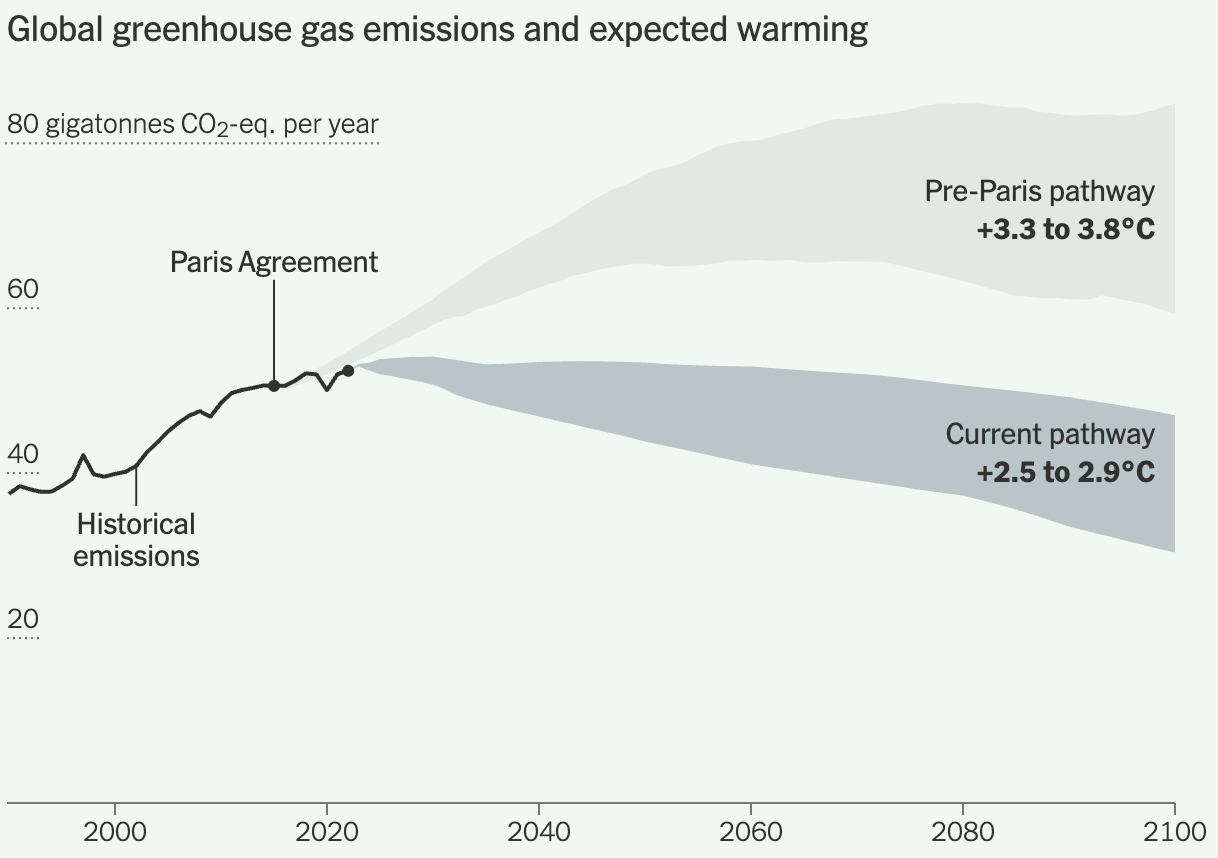
That represents some progress but …
- … levels of the three main greenhouse gases in the atmosphere reached new highs in 2024. Not only is the world still getting hotter, but the level of CO2 in the atmosphere is rising three times faster than in the 1960s and Earth is now warming faster than ever. The last 10 years were the hottest on record and the global average for 2014 exceeded 1.5oC for the first time.
- Solar is spreading faster, much faster in fact, than we thought it would.
- Rich countries are still failing to meet their promises to provide funds to help poor countries transition to renewable energy and cope with the problems brought by climate change.
- Coal has been on the decline in rich but not developing countries, while natural gas production has well and truly boomed, principally in the US.
- Efforts to reduce deforestation are well below what is needed. Compared with the early years of this century, the world’s forests are now absorbing about 50% less CO2 as a result of land clearing for agriculture and forest fires, which are often deliberately lit.
- Coral reefs are bleaching more often and more widely.
- We knew that electricity demand would increase in developing economies but hopes that it had plateaued in rich countries have been shattered by the demands of AI.
Since 2015, oil and gas production has increased by almost 40% in four wealthy countries, US (principally), Australia, Canada and Norway. Iran, China, Brazil and Iraq have also increased production modestly, while production in all other countries combined has decreased by around 5%. Australia’s 77% increase in gas production during the decade is the largest of any country.
And just to hammer home the inadequacy of national and international commitment to tackling climate change over the last decade, not one of 45 indicators of the global action required to help limit global warming to 1.5oC is on track. In summary, 35 are heading in the right direction, but are so far below what is needed that the rate of progress would need to increase 2 to 10-fold for most of them; five are heading in completely the wrong direction; and there is insufficient data to make a call for five. To quote: “Halfway through the middle of what the climate community has dubbed the ‘decisive decade’, urgency is fading, vested interests in maintaining the status quo are playing defence as strongly as ever, and complacency is on the rise.”
Wealthy countries can afford to pay for it
The failure of wealthy countries to provide adequate climate finance to poor and developing countries is rendered even more disgraceful in the knowledge that rich countries could unlock US$6.6 trillion per year for climate action and important social programs such as healthcare and housing by:
- imposing a progressive wealth tax on super-rich multi-millionaires and billionaires;
- ending fossil fuel subsidies and making big polluters such as fossil fuel, aviation and international shipping companies pay for the damages they cause;
- implementing a minimum corporate tax rate of 25% and a 0.5% financial transaction tax, and reducing tax evasion;
- cancelling debt repayments by low and lower middle income countries and reforming the International Monetary Fund’s rules on Special Drawing Rights; and
- redistributing 20% of public military spending.
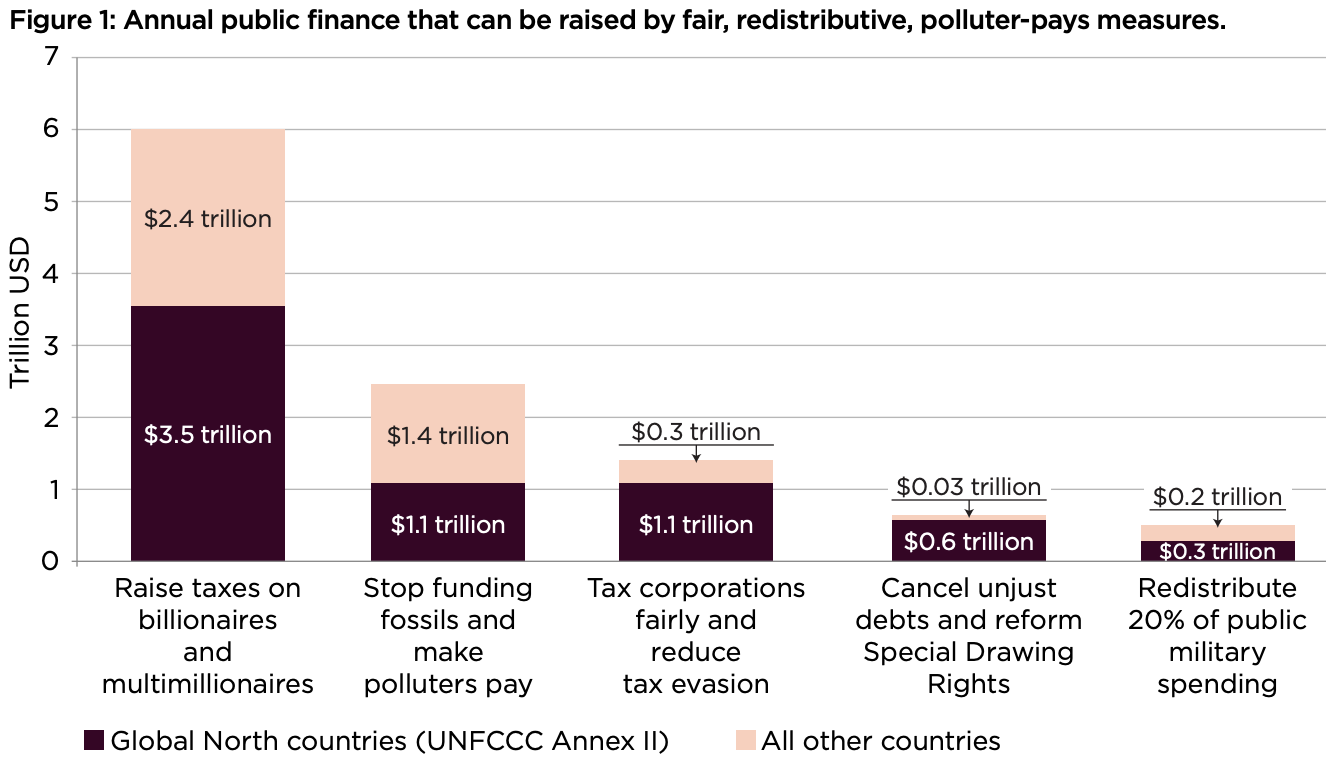
Were these changes to be applied globally, not just by rich Global North countries, the amount released for climate action would jump to US$11 trillion. Some of the changes would need reforms to the global financial architecture – the rules governing such things as international trade agreements and lending conditions and the operations of the International Monetary Fund. Eight wealthy nations have been blocking reforms for greater fairness.
Exxon, Chevron, Shell, Total, BP and Eni have made twice as much in profits (more than US$580 billion) since 2015 as all Global North countries have contributed in climate finance. The profits of all Global North oil and gas companies (US$1.3 trillion) are almost five times higher.
Exporting the Reef piece by piece
I thought I was pretty well informed about the threats to the Great Barrier Reef — coral bleaching caused by ocean heat waves, cyclones that smash the Reef to pieces, Crown of Thorns sea stars that eat the coral, toxic pollution from agricultural runoff, overfishing — but I’ve just learnt about another one that I was blissfully unaware of. One that could be stopped tomorrow, but continues despite large areas of the Reef being killed by other threats.
Believe it or not, up to 190 tonnes of living coral can be chipped off the Reef each year and sold for people to put in their home aquariums, mostly overseas in North America, Europe and Asia. I’m not talking about random snorkelers sneaking off with a piece of coral to take home or even coral cowboys who operate like illegal loggers (globally coral is the third-most commonly confiscated animal for being trafficked and traded illegally). No, I’m talking about an organised industry — the Orwellian-titled Queensland Coral Fishery — with operators holding licences to remove coral from the Great Barrier Reef. It’s a $25 million a year industry with pieces of coral selling for up to $1000. The ABC’s website contains an excellent report on the industry.
The Australian Marine Conservation Society is seeking support for a campaign to encourage Environment Minister Murray Watt to support the industry to transition away from harvesting wild coral (coral is an animal, remember) to tank-grown aquaculture.
Is Microsoft genuine about reducing its carbon footprint?
In 2020 Microsoft grandly announced that by 2030 it would remove more carbon from the atmosphere each year than it emits and that by 2050 it would have removed all the greenhouse gases it had ever emitted since 1975. The plan was for Microsoft to offset their greenhouse gas emissions by purchasing carbon credits from companies claiming to have removed CO2 from the atmosphere by planting trees, funding a solar farm that wouldn’t otherwise have been built, etc. Microsoft then became one of the world’s major buyers of carbon credits.
So, how have things actually worked out since 2020? Not so well, according to Ketan Joshi who has provided a very detailed analysis from which I have cherry-picked a few highlights (i.e., the bits I understood).
First, since 2020, Microsoft’s power consumption has been increasing at an increasingly rapid rate and is now triple what it was in 2020 (see graph below – the missing company name is Apple).
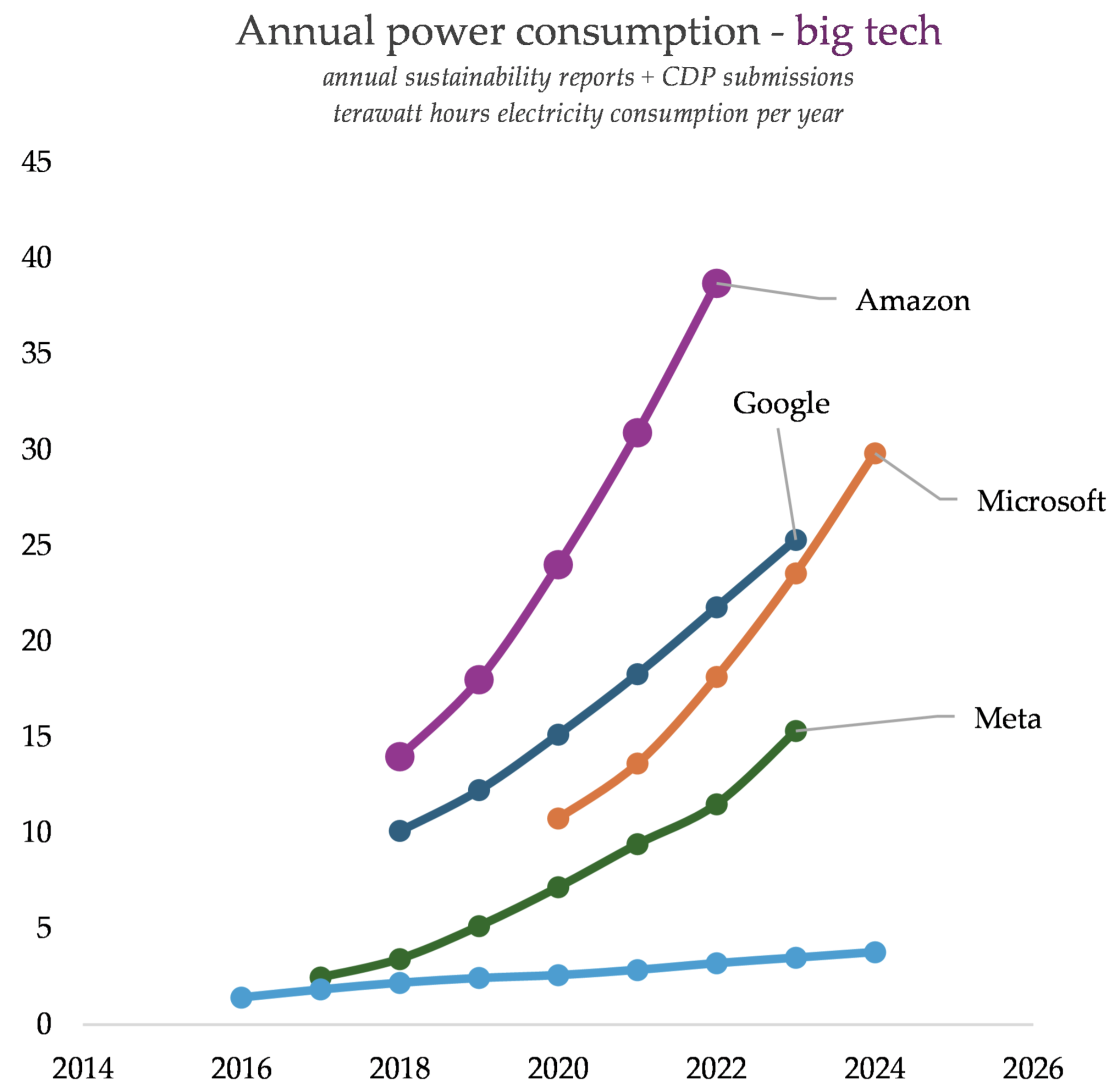
Within the Microsoft empire, the biggest electricity user and site of their biggest increases has been in North America where facilities are heavily dependent on electricity generated by fossil fuels. As a result, Microsoft’s electricity-related emissions have increased from 4 to 10 million tons of CO2 equivalent per year between 2020 and 2024. Joshi observes that, “For the company to make a million bucks in 2020, it burned through 75 megawatt hours of energy. To make a million bucks in 2024, it had to burn through 122 megawatt hours: a 60% increase”. The cause of the problem, of course, is that all the companies featured in the graph above use a lot of electrical energy to provide cloud services, email programs, file storage, streaming services, video calls, machine learning, AI services, etc. and the energy demands of their data centres are rising rapidly.
From 2022 Microsoft performed very well purchasing carbon credits to cover its emissions, as shown in the next graph. The only small problem is that the purchased credits haven’t actually delivered the CO2 removal promised, a widespread carbon offset stumbling block.
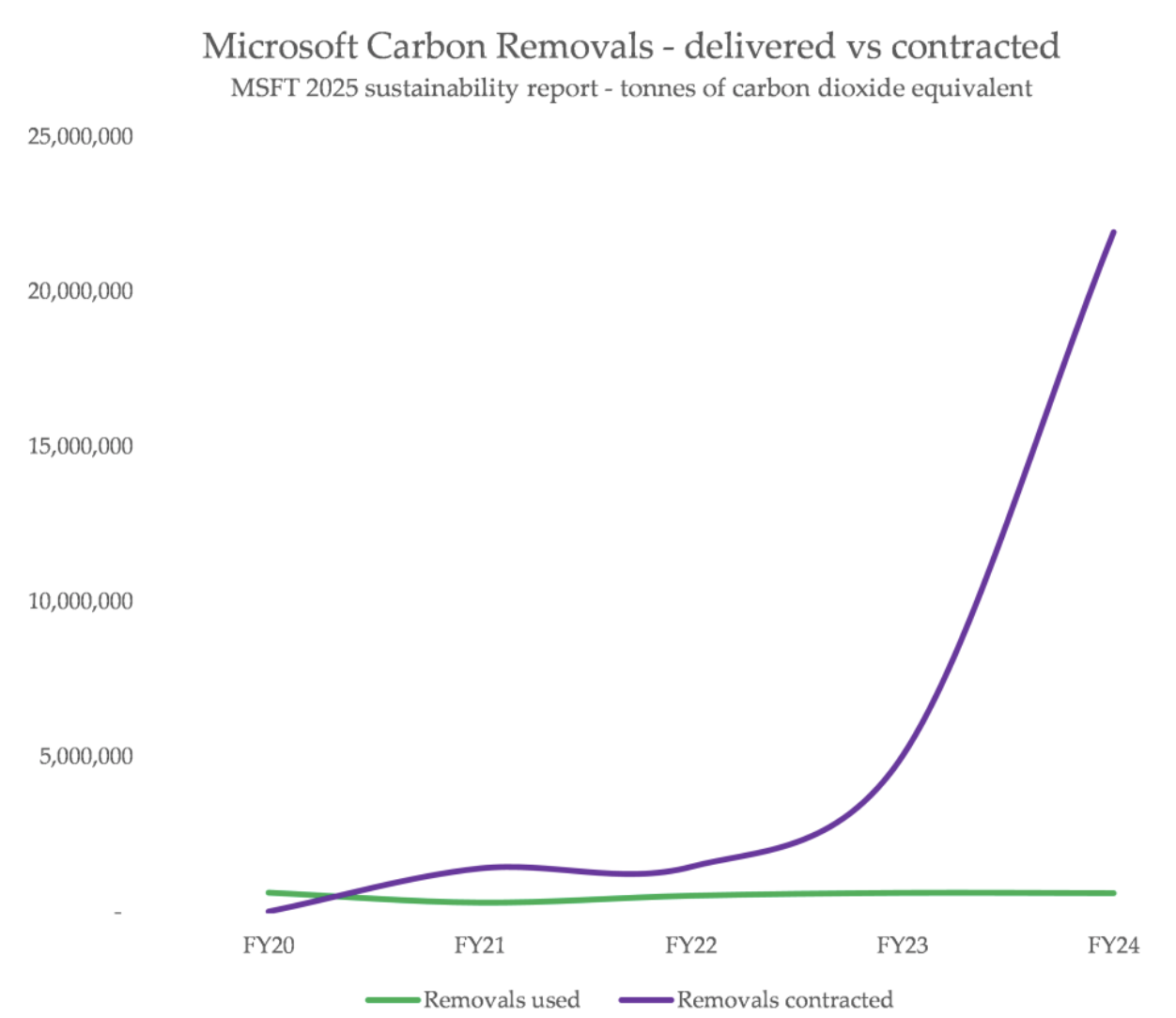
In fairness, Microsoft recognised the problem and has reduced its commitment to purchasing carbon credits in favour of power purchasing agreements with clean power facilities. The problem here is that if the energy comes from existing solar and wind farms it makes Microsoft look good, but there’s no increase in overall renewable energy generation capacity. Also, some of Microsoft’s deals have been with nuclear facilities which begs a few questions.
There’s a lot more in Joshi’s article but by now you’ll have realised that I’m principally using it as ammunition for another crack at the whole stupid idea of carbon credits, the multiple flaws within the carbon removal industry and corporate greenwashing.
Que Será, Será
Here’s a link to Doris Day singing Que Será, Será from Alfred Hitchcock’s The Man Who Knew Too Much, released in 1956 when The New York Times carried an article entitled “Warmer Climate on the Earth May Be Due to More Carbon Dioxide in the Air” and global warming was already about 0.3oC.
A point not highlighted in the more recent NYT article featured above is that several of the graphs demonstrate how completely hopeless “experts” are at predicting how humans will act collectively. One wonders why anyone bothers or, more importantly, why anyone takes their speculations seriously.
Cassandra was condemned by Apollo to be able to foresee the future but no one would believe her. Humans seem to have the opposite problem: destined to listen to hopeless soothsayers.
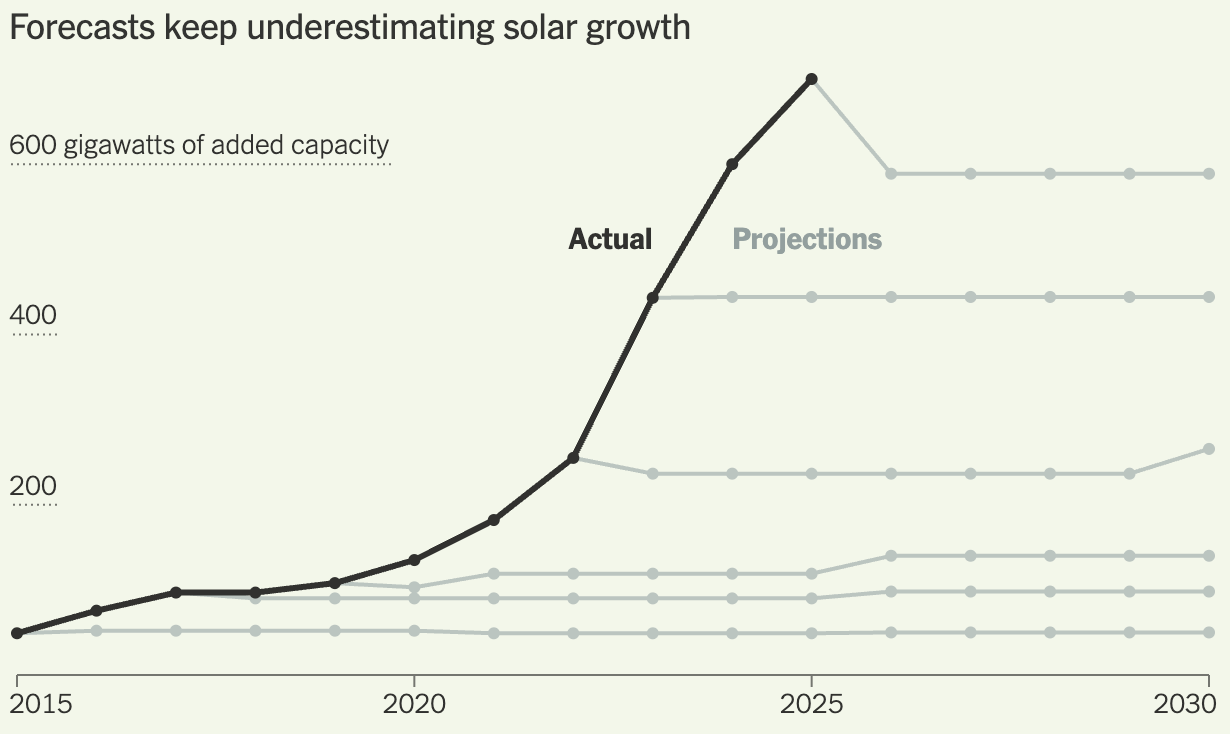
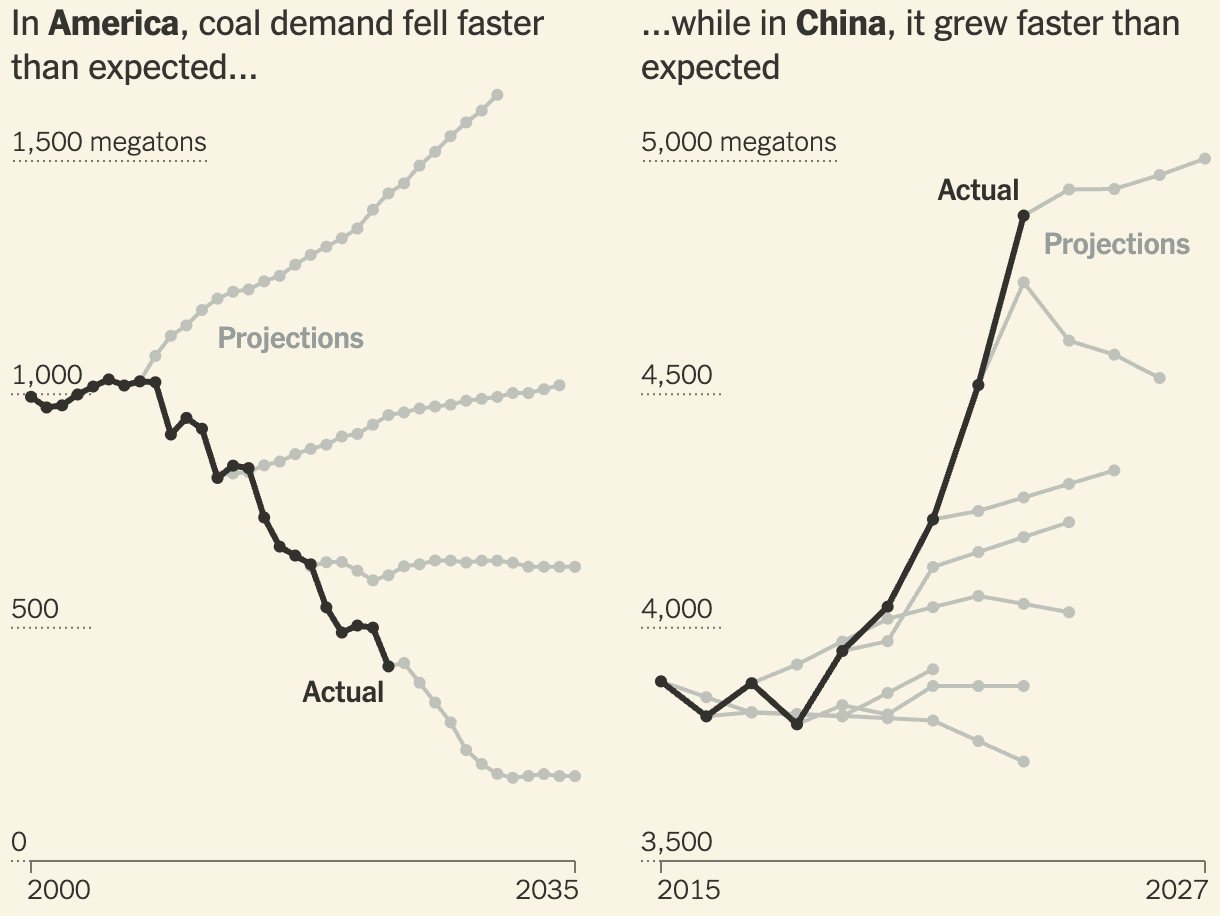
The views expressed in this article may or may not reflect those of Pearls and Irritations.
